Space
Sign up for our newsletter
We summarize the week's scientific breakthroughs every Thursday.
-
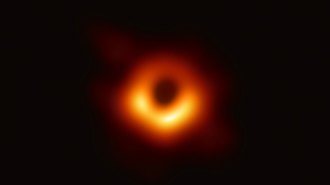 Physics
PhysicsA year after the first black hole image, the EHT has been stymied by the coronavirus
With this year’s observing run canceled due to the coronavirus, the Event Horizon Telescope team is analyzing data from 2017 and 2018.
-
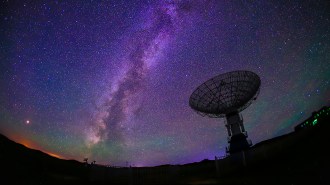 Space
SpaceNew search methods are ramping up the hunt for alien intelligence
Six decades of radio silence hasn’t stopped scientists searching for intelligent life beyond Earth. In fact, new technologies are boosting efforts.
-
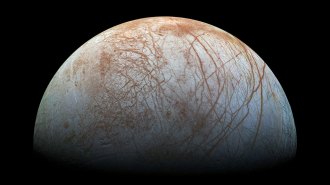 Space
Space‘Alien Oceans’ argues the search for E.T. should include the outer solar system
In Alien Oceans, a NASA scientist explores the evidence that ice-covered moons host hidden oceans, where life could evolve and thrive.
By Sid Perkins -
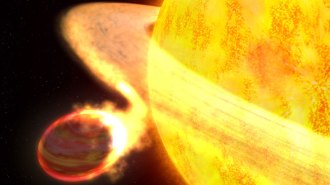 Space
SpaceRed giant stars that eat planets might shine less brightly
Some stars may shine less brightly after ingesting a planet. That finding, if confirmed, could have implications for calculating cosmic distances.
-
 Space
SpaceSaturn’s auroras may explain the planet’s weirdly hot upper atmosphere
Data from NASA’s Cassini spacecraft could help solve Saturn’s mysterious “energy crisis.”
-
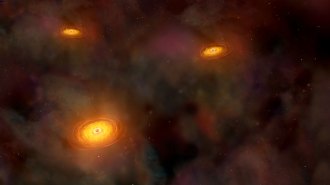 Quantum Physics
Quantum PhysicsQuantum mechanics means some black hole orbits are impossible to predict
Computer simulations reveal that foreseeing the paths of three orbiting objects sometimes requires precision better than the quantum limit.
-
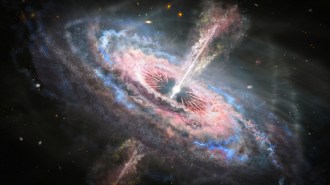 Space
SpaceQuasar winds with record energy levels were seen fleeing a distant galaxy
The Hubble Space Telescope has seen the most energetic quasar winds yet, showing these active black holes can blow star-forming gas out of galaxies.
-
 Planetary Science
Planetary ScienceIf Pluto has a subsurface ocean, it may be old and deep
New analyses of images from NASA’s New Horizons spacecraft suggest that Pluto may have had a sea beneath its icy shell for roughly 4.5 billion years.
-
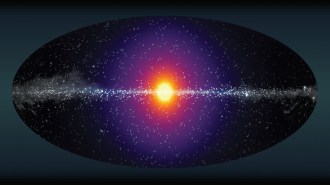 Space
SpaceA controversial X-ray glow didn’t show up in the Milky Way’s dark matter halo
A new look at old data suggests that an odd X-ray glow that emanates from some galaxies cannot come from decaying dark matter.
-
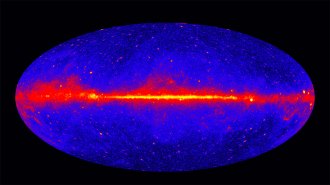 Space
SpaceAstronomers have found the edge of the Milky Way at last
Computer simulations and observations of nearby galaxies let astrophysicists put a firm number on the Milky Way's size.
By Ken Croswell -
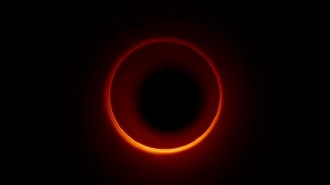 Physics
PhysicsNew telescopes could help spot ‘photon ring’ of the first black hole ever imaged
Expanding the Event Horizon Telescope by adding telescopes in space could help capture the rings around galaxy M87’s supermassive black hole.
-
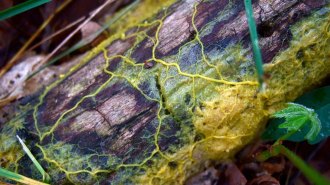 Physics
PhysicsHow slime mold helped scientists map out the cosmic web
Tapping a similarity between a slime mold’s lacy web and the vast threads of matter that connect galaxies, astronomers visualized the cosmic web.